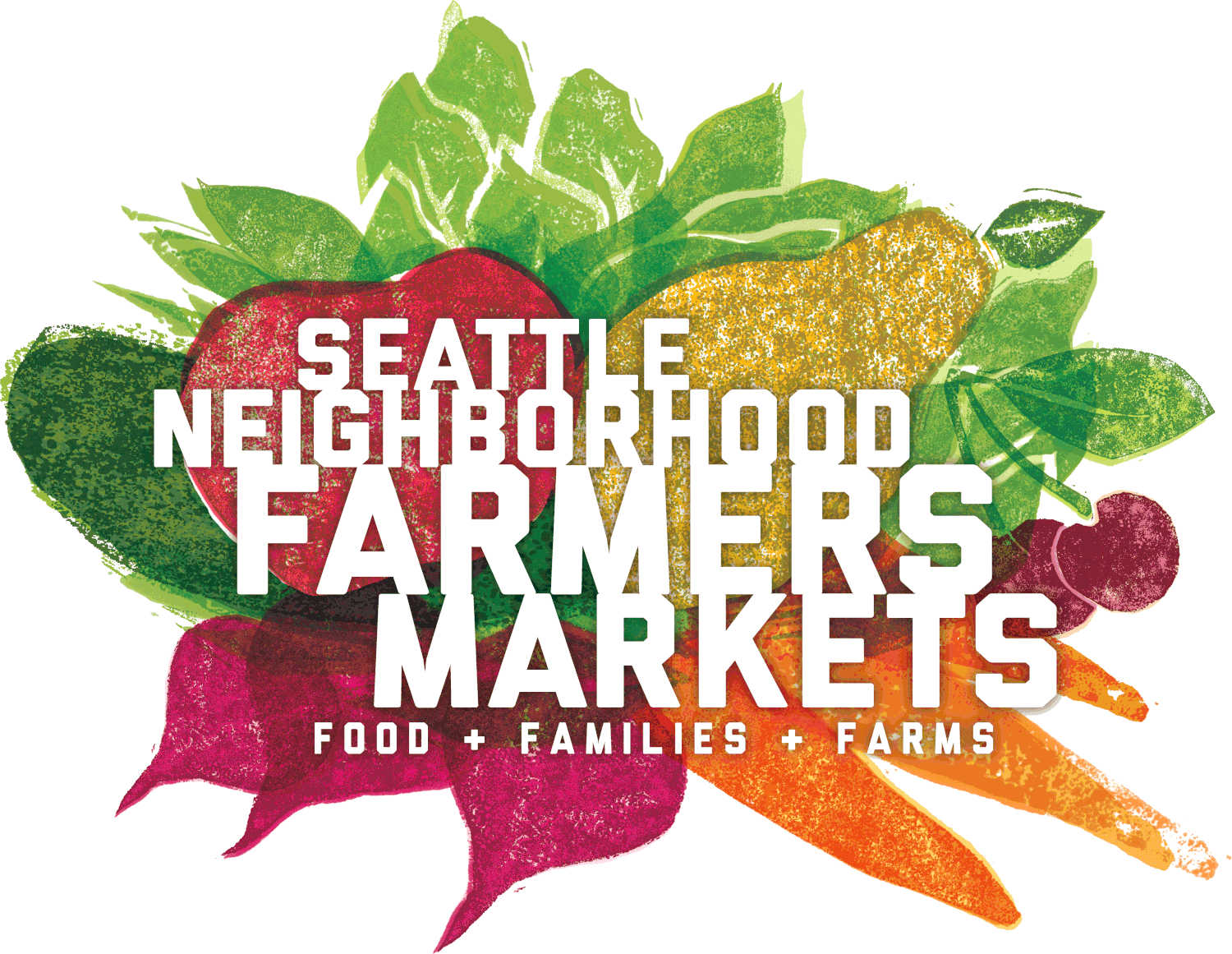Featured Ingredient: Watermelon
When you think of watermelon, do you imagine a technicolor picnic with family and friends under a bright blue sky in the heat of summer? This has been the hallmark vision since at least the 50s, but the iconic melon has gone through several rebrands during its estimated 5,000 year history.
Early ancestors of the modern Watermelon (Citrullus lanatus) are thought to have grown wild in Africa, though which species of native melon and where exactly it came from on the continent remains up for debate. We know for sure that the cultivated watermelon was prized in Ancient Egypt, with depictions adorning the walls of 4,000 year old tombs, including King Tut’s. This isn’t the oldest evidence of humanity’s love of watermelon. Seeds were found by archeologists at a settlement in Libya from 1,000 years before. Tut wasn’t even a twinkle in his mother’s eye, (or her mother’s eye, or her mother’s…) Back then, watermelons would not have been invited to the picnic because they were not delicious. It took many generations of selective breeding for watermelons to transform from extremely hard shelled with tough, bitter flesh to the sweet treat we know today.
Why did Ancient Egyptians prize watermelons if they used to be so unappetizing? It’s all in the name- water. Thousands of years ago watermelons were essentially huge canisters of liquid, with less flesh than the melons we’re used to. Kept in cool, dry conditions, ancient watermelons could be stored for weeks or months, and were an essential source of water during the dry season. It makes sense, then, that they would be included in King Tut’s tomb. Deceased pharaohs had a long journey ahead of them to the afterlife and their resting places were filled with supplies for the journey, including watermelon, nature’s Nalgene.
At the farmers market, you can find locally grown watermelons of all shapes, sizes and stripes. Ever tried a yellow fleshed variety? How about one with a forest green, stripe-less shell? Ask your local farmer about their favorite watermelon next time you’re at market!

